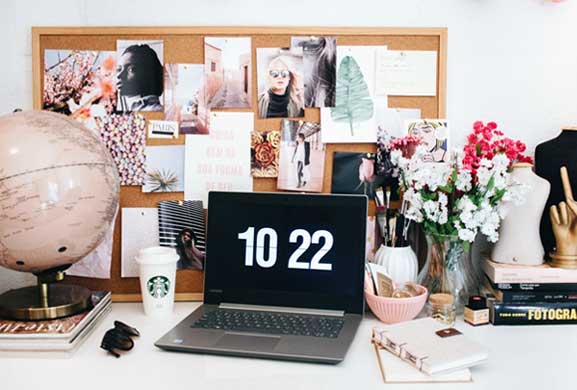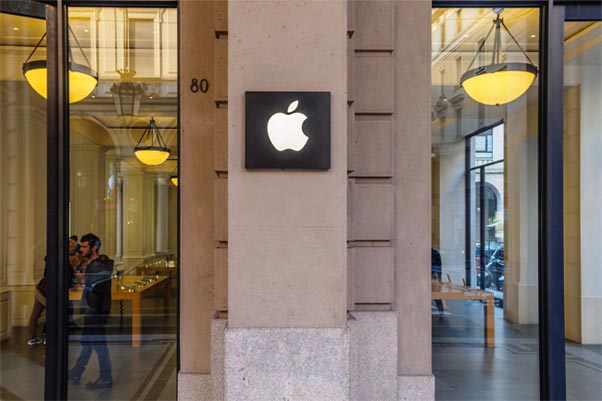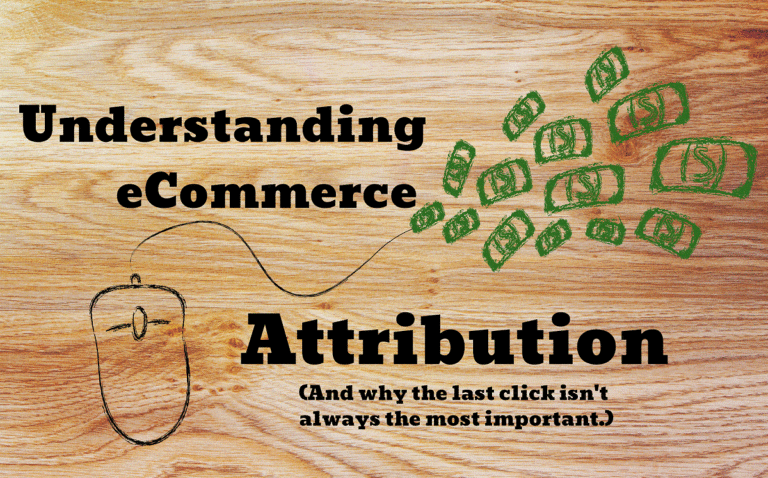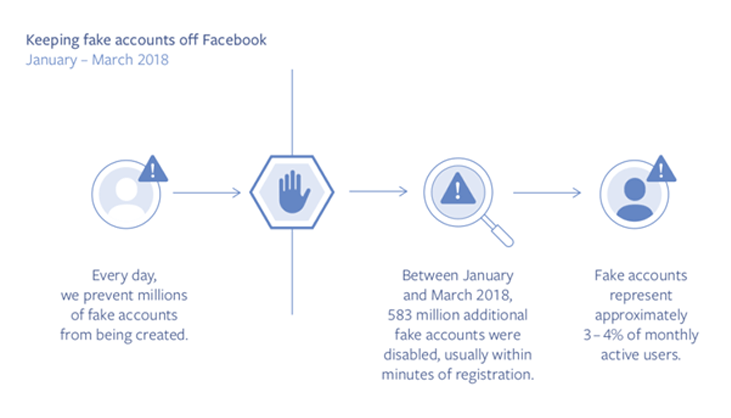The global luxury goods industry, including fashion, jewellery, handbags and cosmetics has been on an upward climb for many years, with a value of 260 billion euros up to date. According to luxury fashion industry analysis, the title of a leader in the industry and the most valuable brand in the world goes to Louis Vuitton, worth more than 28 billion U.S dollars.
Predictions are showing an increase in the percentage of online sales for luxury goods, growing from 8% in 2016 to 19% in 2025
Luxury goods are considered to be at the highest end of the market in terms of quality and price. Being luxury is all about the perception of being elite and the symbolic value that comes with that status. Creating this exclusivity around the brand means delivering something that other brands aren’t able to provide and narrowing your niche segment to match luxury brand customer’s expectations.
In the fashion industry, a world dominated by perception and the power certain brands wield over others, this sentiment holds even more water, as brands constantly go head-to-head in a never-ending battle to come out on top. We can watch how the fashion industry is changing year on year, with emerging technology and retailers looking for the ways to leave the competition behind.
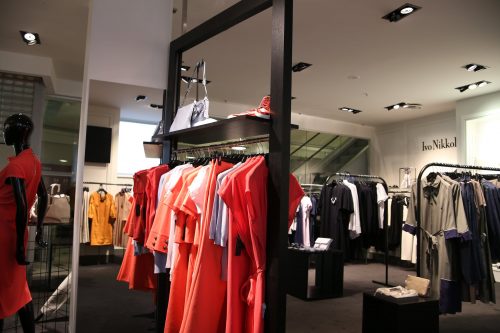
Technology is certainly playing a vital role in the fashion industry and many well-known high-end brands invest in AI solutions that transform ecommerce and improve customer experience overall. Let’s discuss the use of technology in fashion retail and the trends that are changing the luxury goods sector.
Top Technology Trends Reshaping the Luxury Fashion Industry
1. Personalisation
Something most ecommerce businesses know—and all should know—is that people like being remembered. With the help of artificial intelligence (AI) and machine learning, many brands like Amazon have been delivering personalised experiences to their users, such as offering product recommendations based on their browsing and purchasing behaviour.
After all, 43% of consumers prefer companies that personalise their experience, and a larger 48% will even spend more money when their experience is personalised.
Just remember that this means going beyond simply using their names in emails; it means actually paying attention to what they like and want and strategically offering it in a way that pushes them to convert.
2. AI Merchandising
Along similar lines as delivering more personal experiences, there’s been an uptake of brands using AI product merchandising to entice their users to convert, which can be defined as promoting and displaying products by matching them with shoppers who are more likely to find them relevant and complete the purchase.
When you consider that 74% of people hate being shown irrelevant content, it makes sense that displaying products they’re interested in, as opposed to those you yourself want to promote, is becoming the new norm in 2019.
3. Visual Search
Visual search in ecommerce is enabled powered by image recognition technology that can match data points on any one picture to that of another, thereby getting an exact or near-exact match. Translating this to consumers, this opens up a brand-new discovery and search tool that uses images as the input.
The best part is that they not only can find products with higher accuracy than before, but also find them at reduced prices. For example, consider ASOS and Style Match, a feature on their mobile app that lets shoppers take or upload a picture, and then discover products from their catalogue that match it. By offering this tool that can match from more than 850 brands and over 85,000 products, ASOS is making sure their users buy from them and only them, and that they don’t spend as much as they would by going someplace else (e.g. You can upload a picture of a designer product and find more affordable styles that match it).
4. Virtual and Augmented Reality
More than 90% of luxury sales today still take place in physical stores, however eCommerce and emerging technology are showing what shopping experience should really be like. Luxury and fashion retailers use virtual and augmented reality to engage customers with enhanced experiences in-store.
One of the brands providing in-store ecommerce experiences is Zara, that replaced window displays and mannequins with models Léa Julian and Fran Summers. Technically speaking, they introduced AR experiences that can be activated through their mobile app, which required their users to point their phones at said empty store windows to see the models come to life for seven- to 12-second sequences in what can only be described as a virtual catwalk.
Another great example is Tissot, that allows shoppers to try on their luxury watches virtually at Selfridges and Harrod’s window displays in London, or Christian Dior with VR glasses that allow visitors to travel in time and see behind the scenes videos of some of their biggest fashion shows in history.
5. AI for Customer Service
It is predicted that 85% of customer interactions will be handled without the need of a human agent by 2020. AI-based programs such as chatbots use machine learning to “talk” with users by residing on websites or applications at all times of the day.
Chatbots are able to provide 24/7 support to the customers who need assistance, all without human presence. Luxury brands use AI to provide instant answers to any questions, recommend products from their catalogue or check on the delivery status. Chatbots help businesses increase engagement and improve customer service overall.
Luxury Brands Digital Technology Examples
Predictions show an increase in the percentage of online sales for luxury goods, growing from 8% in 2016 to 19% in 2025, according to McKinsey & Company. And consumers are increasingly using online searches in order to research luxury purchases. This can only mean that luxury brands such as Louis Vuitton, Gucci and Chanel, have no choice but improving their online presence to fulfil the needs of the wealthier consumers. Let’s see what these big players have been up to.
Gucci
In 2018, the brand has launched their “Gucci Hallucination” Spring Summer campaign that imagines paintings featuring imagery from classic artworks, with characters dressed in the collection’s colourful and printed designs by Alessandro Michele.
As the part of the campaign, Gucci used AR and VR installation, which allows the visitors to become a part of it. The brand has also realised ads that aim to create the same experience for online shoppers. This collaboration with the artist Ignasi Monreal uses technology at its fullest.
Louis Vuitton Chatbot
Chatbot is tool powered by AI, providing extra support for customers whenever they need it. Louis Vuitton uses chatbot via Facebook, to provide more sophisticated and conversational online shopping experience for each individual. LV chatbot has answers to several questions, can recommend the perfect item from the online catalogue or find the nearest store.
Using artificial intelligence, Louis Vuitton connects with their 23 million followers on Facebook and replies to new visitors in no time. The chatbots mimic human interactions and by using Natural Language Processing, many brands can connect with their customers in a way that it resembles natural human language.
Let’s wrap it up
Artificial intelligence is a game changer in luxury fashion industry. Opportunities for growing your business are endless and with emerging technologies, the customer experiences are better than ever. Personalised experiences are taking the user on a wonderful shopping journey from discovery to checkout. Chatbots are finding solutions to any problems that users may have and live on the website 24/7. It is certainly hard to beat the technology, and there is still a lot to come that will surprise the luxury retail. Let’s go over the trends that are reshaping the state of luxury fashion industry once again.
- Personalisation
- AI Merchandising
- Visual Search
- Virtual and Augmented Reality
- AI for Customer Service
Good luck with implementing these to your retail marketing strategies in 2019!

